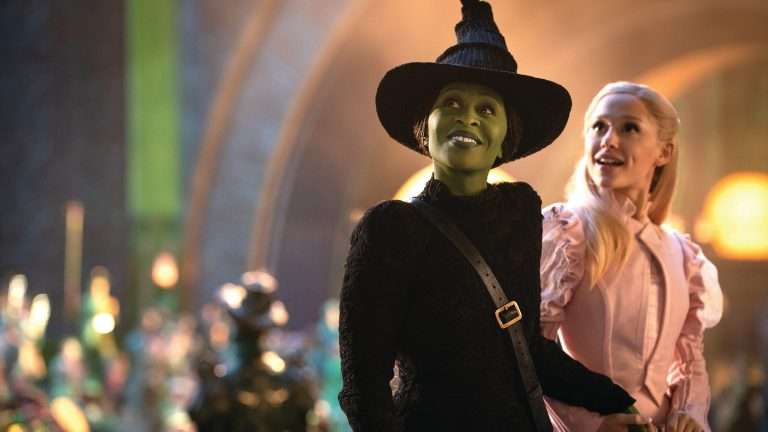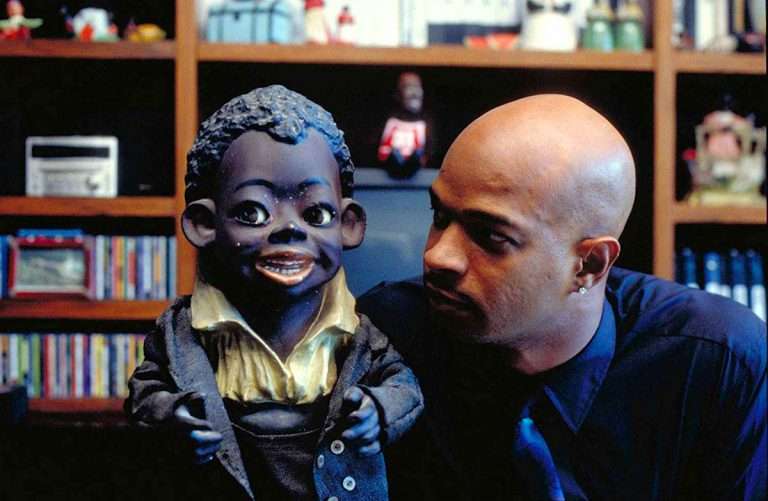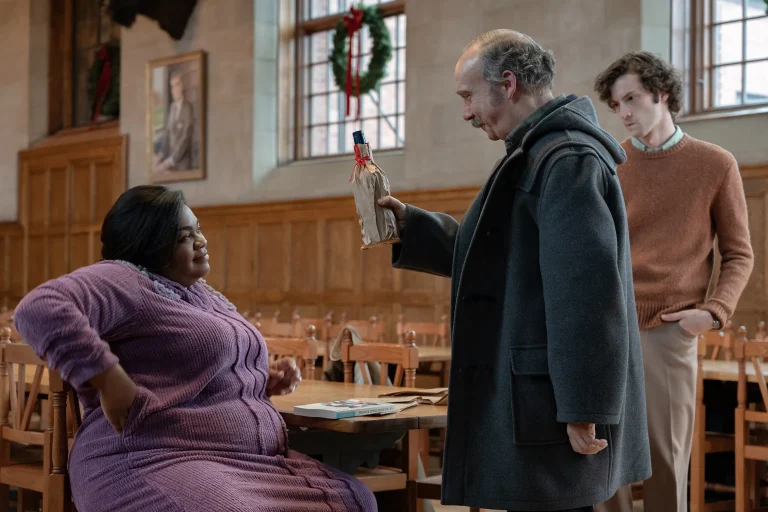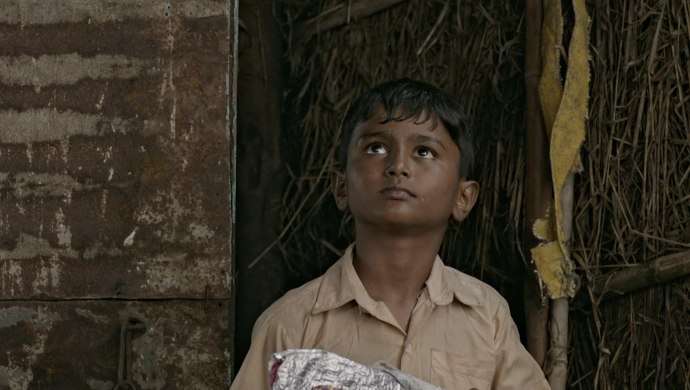Why was it argued that Gabriel García Márquez’s 1967 literary masterwork “One Hundred Years of Solitude” is un-filmable and anti-cinematic, while the novel is one of the most picturesque pieces of literature ever written? One can hardly finish this 422-page novel without bypassing the images it evokes. I assume, the reason behind this ‘un-filmability’ or ‘un-adaptability’ lies in the kaleidoscope of realism that stems from Gabriel García Márquez’s life and works.
Once, while delivering a lecture on García Márquez at the Harry Ransom Center, Salman Rushdie remarked that, while reading García Márquez’s works, his readers’ often, enchanted by the ‘Magic,’ overlook the ‘Real.’ This magic of Gabo, which at times overshadowed the real, is perhaps one of the key reasons for making it look like cinema or television is inefficient in adapting his texts. But, García Márquez, who throughout his life was inextricably involved with cinema, himself did not want to sell the rights of the novel during his lifetime. One might argue that when the novel saw the light of day, cinema had yet to thrive enough in order to adapt “One Hundred Years of Solitude” – a novel that percolates fantasy, magic, and whatnot. But García Márquez passed away in 2014 when cinema had already unlocked innumerable tools to adapt and fit anything, let alone magic, on the screen.
It seems to me that it was not the ‘magic’ in ‘One Hundred Years of Solitude’ that García Márquez and his admirers – perhaps unconsciously – feared as an ‘un-filmable’ factor; rather, it was the ‘realism’ that petrified them. And, this is the space where Alex García Lopez and his team had to deliver justice to convince the audience that Gabriel García Márquez’s works are very much filmable, and so is his Colombian reality.
The production’s first endeavor to adapt the unadaptable seven-generation-long “Buendía” saga was by reconfiguring the circular narrative of the novel. “One Hundred Years of Solitude” as a novel often doesn’t work on the reader’s first attempt. The evocative and hyperbolic narrative outsmarts the naïve reader by its repetition of the same names and maroons them dazed with the apprehension of whether the narrative is marching forward or moving in a circle. In a sense, it does move in a circle but to savor this esoteric philosophy in images, hidden in the crevices of the novel, a liquidation of the circular narrative was very much required.
The first season of “One Hundred Years of Solitude” has eight episodes. Each one runs, on average, for an hour. Episode one, titled “Macondo,” opens in a dilapidated house where an anonymous character turns the pages of a withered parchment, written in Sanskrit, with his decrepit fingers. As he starts reading out the famous opening lines of the novel – “Many years later, as he faced the firing squad, Colonel Aureliano Buendía (Claudio Cataño) was to remember the distant afternoon when his father took him to discover ice” – we see Colonel Aureliano Buendía for the first time, gazing at the firing squad.
As he wearily closes his eyes, the title card appears and we jump back in time to witness a frenzied party where José Arcadio Buendía (Marco González) and Úrsula Iguarán (Susana Morales) are kissing each other, forgetful of the world. Going against all the odds and curses, José Arcadio Buendía marries his cousin Úrsula. Following the events after their marriage, José Arcadio, in a heated moment after a cockfight, kills Prudencio Aguilar with a spear. Afterward, tormented by Prudencio’s ghost, José Arcadio Buendía decides to leave his native village and this is how the search for Macondo begins, which is quite different from the novel.

Beautifully curated sets and meticulously designed costumes reflect the diligent attention the makers paid to the details. The camera work is so well done that it captivates the viewer from the very first minute. The camera glides through the bucolic streets of Macondo while the narrator tells the tale through a voice-over. Doors open on their own, and time passes away. At times one might feel that instead of the narrator – who seems curious to know the story along with us – being omniscient, it is the camera that actually knows everything. The camera knows, of all the doors in the village, which one will open for it, and exactly when – defeated by sorrow – Rebeca (Akima Maldonado) will descend from the patio to nibble a mouthful of earth.
The series manages well in terms of curating the images for which we had kept an age-old longing inside ourselves. I personally had tried to imagine the death scene of José Arcadio Buendía (the patriarch) or the mysterious death of Arcadio for a long time. The series does justice to these scenes by portraying them as evocatively as they felt while reading the novel. Along with this, the gypsies – with their magnets and flying carpets – and the scene where Colonel Aureliano Buendía becomes bewitched by the discovery of ice, are depicted very appropriately and close to the core of the book.
This far the series delivers well and serves justice. The problem with the adaptation lies in the pace of the screenplay. The writers of the series (a group consisting of José Rivera, Natalia Santa, Camila Brugés, and others) have taken a minimalistic approach to translating the story on the screen, which at times hastens the pace of narration so much that it fails to evoke the required emotions from the events. Some major events, such as the pandemic, the election, and other political mishaps in Macondo have been delineated at such a pace that rather than transmitting the proper ‘Rasa’ in our hearts, they end up as piled-up events.
I intend not to join the line of the book puritans. An audio-visual adaption is free to choose an itinerary of its own as long as it does not jeopardize the crux of its source. But this itinerary should be thoughtfully designed. And, in the case of a series, the screenplay – often managed by a cohort of writers – is the dynamo that generates power for the images.
In “One Hundred Years of Solitude” at some crucial moments, the writing deviates from the exigent line. There is an event in the story when Colonel Aureliano Buendía leaves Macondo to build the Liberal Party’s organization outside his village. Before leaving, he hands over the responsibilities of Macondo to Arcadio. From here on, Arcadio’s character goes through a metamorphosis. This transition of Arcadio, from a school teacher, a mere political activist, to a tyrant has been shown so hastily that it failed to provide us the space to understand the nuances of the transition.
“One Hundred Years of Solitude” is a novel that plays with time. The transition of the novel from words to images needs a delicate approach. This Netflix adaptation has indeed made an efficient effort to delineate magic on the screen diligently but its approach to convert realism in the ‘space-time’ sphere of moving images lacks the needed tenacity. And since, in the Latin American context, one can hardly separate magic from the real – Gabriel García Márquez himself advocated for this in his Nobel Prize speech – Netflix’s adaptation seems only a half-hearted endeavor.
Read More: The 15 Best Netflix Original TV Shows
One Hundred Years of Solitude (2024) TV Show Links: IMDb, Rotten Tomatoes






